Take a gander at our FTC disclosure opus here. The following article was last updated on Dec 5, 2025 ...
Mid-Journey Breakdown: How To Shop Motorcycle Parts & Service For Repair
Stranded along some remote highway typing "motorcycle shop near me," a single bar of variable smartphone connectivity wavers in and out as my beloved steed drools molten sparkle flake from its shaft drive. I've informed whichever friends are closest to my coordinates, along with AAA or my insurance company's roadside plan (probably them calling AAA). While the pipeline dances to my tune, here's a bit of reading to put everything on track.
“Motorcycle parts keep big rides moving. Riders who map out spares/shops find fixes faster and stay focused on the next curve.”
In those rare occurrences where we're seated next to the union anchor we rode in on, the availability of "motorcycle parts near me" can get shrouded in a fog of desperation. As curve-carving sport-touring enthusiasts, we know that roads worth riding aren't near anything, especially (shy of a miracle) trustworthy motorcycle repair. Funny, how moments of urgency can reveal solutions.
If we're a wrencher, all we want are parts. We've got tools on hand to fix the sitchimation but no teleport to materialize them direct from "Brazinglandraska". Duct tape, while believed to have an entire motorcycle in it somewhere, can't always rescue the wicked.
And the non-wrencher ... just wants to get things back to roadworthy. ASAP is good but let's not get taken advantage of. Someone who knows nothing of our year/make/model might misdiagnose, incorrectly reassemble and opportunistically overcharge before sending us on our way to another roadside scenario.
These well defined negatives can and have happened, so let's protect ourselves with a well outlined philosophy to suit.
Preparation Is Key
For ST enthusiasts, ensuring our motorcycle is in top condition before takeoff goes without saying. Individual bikes and their riders tend to develop unique-to-them protocols. One way to put eyes on everything is to simply wash and detail the machine. Top to bottom, front to back, bolt by bolt-does far more good than harm. If we find ourselves asking any of the following, we might've dodged something haphazard ...
- How the heck did a bug (that big) get lodged in the battery box?
- What is that floating hose/wire supposed to be fastened to?
- When was the evap system last checked? Note: the answer is "never". The answer is always "never".
- Where did that random free standing bolt, inexplicably balanced on a round surface post ride, fall from?
- Why is this left side cowling loose while its right sibling isn't?
It's a simple yet enormously effective way to itemize concerns. Whether we're going to tackle 'em at home or find that "motorcycle shop near me", we've preloaded what needs further attention. It's okay to lean on this and other T-CLOCS steps as validation, even if we're roadside next to a busted bike.
Back in pre-ride dreamland, let's assume we know when/if it's time to check fluids, tires, schematics, the lot. Our oil, coolant and brake fluid are all fresh and their host components tuned. Our proud in-house skill or chosen service department pays off.
As To Why, A Real World Example
We're about to ride an epic, week-long motorcycle tour along the most hectically challenging curves our grin can handle. We observe what appear to be "plenty" of remaining tire tread. Halfway through day three or four, we realize the rubber is deteriorating more quickly than before. Because that's what they do. Modern motorcycle tires become softer (and softerer and softererer) until they arrive at steel belts.
And there we are. Zero motorcycle shops near me *cough* I mean we *cough* I mean ... okay yes I've done this. By taking the time to read and fully process these coulda-woulda-shouldas, we can save ourselves from a full entrée of headache.
In my defense, no rider is completely immune to the tire tread mistake. Without naming names, I remember when John Smith rode his Michelin PR4's down to the belts during a rally. On our 777 tour some years ago, John Smith, John Smith and even John Smith ... all needed new rubber halfway in. Two more Smiths took the "looked like I had plenty of tread when I left" hit this year. And don't get me started on actual, unusually bizarre punctures.
Finding Reliable Motorcycle Shops on the Road
For me to simply type "research ahead of time" doesn't do the term "frustration" justice. Sure, we know both where we're going and when but if a hiccup hits the fan, how do we know which Google maps bot reviews are honest? Yes, you read that correctly.
On unfamiliar roads, pinpointing our exact location feels like nailing Jell-O to a tree. We might recognize road names but are clueless how far we've traveled or where the next mile marker hides. High-stress moments can scramble the brain, leaving only Google Maps as our savior for its GPS coordinates, assuming we remember to check 'em.
Grab 'n' go digitools aren't useful until they offer not just an answer but the best option, as in positive results. That means vetting. Vetting means time annoyingly well spent.
A few simple steps to stock reputable motorcycle shops into our travel notes:
- Jot down not just destinations but halfway points between each day's start/finish.
- For each start/middle/end of a day's ride, sub-list motorcycle parts near me & motorcycle repair near me.
- Weigh the motorcycle service reviews against the reality of actual human language, sorting good vs. bad.
- Prepare a simple explanation about you, your bike, your anxieties for knowledgeable mechanics to hear.
- Call around. Discuss your travel plans. Feel out the chemistry of how they operate.
Google reviews are foggy, so press solicitude. Yelp reviews are mean, so pour on the empathy.
There are times when dialogue reeeally matters. Missing terms could mean missing bolts. If you dig below a conversation's surface and find that well-known motorcycle repair service reply of "busy, no time to explain, wanna be added to our schedule?" ... take note. It's not a deal breaker but it doesn't inspire confidence either.
Somebody out there is into motorcycle parts and repair for a reason. They actually care and take pride in their work. That's who we're looking for. The hardest effort we as riders face is powering up the ol' mental antenna to sense it. Good news, though: knowing this to be our biggest mountain cuts the climb in half.
Finding Reliable Motorcycle Parts on the Road
My own chances of finding OEM motorcycle parts near me are usually luck of the draw. I'm fortunate in that I've often had a committee on site to guide me toward substitutions of equal or better performance. Case in point, HiFlo products come about as close to OEM spec as the real thing for considerably less coin. Sealed batteries are the same, assuming the seller tests them beforehand, finding their voltage to be at least a decimal or two above system demand. Filters, bulbs, sealers, cleaners ... with a bit of GTS, the parts aren't what we need to screen most.

Said crown falls on the head of whoever picks up at the "motorcycle parts near me" store. Fingers crossed ...
- Fellow year/make/model owners who can dissa-rea-ssemble our machine with their eyes closed.
- Someone so personally invested in their assistive skill that they keep dog-eared motorcycle mags next to the john.
- Anyone who can sift through their parts database while understanding that database.
These connections are better than gold. If parts are in stock, they can be opened before confirming they meet our needs. Otherwise, maybe the store clerk is cognizant enough to modular-build a worthy substitute-or refer us to better-fortified motorcycle parts suppliers.
The person to avoid is anyone who knows we're stranded, puts us on repeat hold, and/or asks for details we've already enunciated politely, slowly and clearly (they're not taking notes). If that's what we're stuck with, flex the forums, beacon local riders and ping friends. We gotta keep our wits about us.
For more specialized/proprietary parts, look for "motorcycle dealership near me". That might mean someone from a motorcycle parts store knowing a rider who knows a mechanic who used to be a dealership service technician. Down the rabbit hole we go. If we're still roadside and waiting for commercial/friend tow service, it's not like we're goin' anywhere anyhow, is it? Keep calm 'n' carry on.
Have Solutions On Hand
This site is built for sport touring super freaks. Maybe that means we've got fifty gallons of luggage and an inflatable passenger. Maybe it means we have the skill to collapse a second motorcycle into our tool roll. Whichever notch in the grey area best represents our travel techniques, we're allowed to bring extra bits and components that are known to break. This is especially true for obscure, proprietary things like spanners, giant Allen bolts, bizarro oil fill caps, etc.
For cable-driven clutch/throttle controls, there's no harm in having the kit on hand for what is a five-minute fix.
Determining which parts are essential is a model-specific effort, a bike's unique attributes being the biggest factor. Carving through a full day of twisties on our UJM with friends riding the same, all along roads that never stretch beyond a thirty minute return home tends to dial down fear. Switch that out for a secret memorial promise to circumnavigate the globe on our fallen friend's 1910 Winchester? Odds are that Autozone doesn't exist on the island nation of Comoros but if they do, they won't likely have OEM parts for it. Bottom line: have (some) parts, will travel.
Identifying Common Motorcycle Parts & Service Issues
The reason why our motorcycle won't start or the battery keeps dying may be simple, complex or, weirdly enough, both. Simple is leaving the ignition switch (lights) on for too long. Complex can be the charge system not returning power to the battery. Both? When a Triumph's immobilizer board heats up, warps, short circuits and ignores the physical key because it can't read the RF chip response.
Quick fixes and preventative measures for the little things take a bit of bike bonding. For every simple, easy-access component on a motorcycle, there's a process for adjustment. Whatever screw we're turning, best to consider whatever inline changes are happening while we do so. In adjusting (a), we want to maintain a clear, linear understanding of what's happening to (b) and eventually (e). Another concern might be dangers and/or performance changes with the removal of damaged parts, even if only for the brief beeline straight to Fixedville.
There will be instances where cereal box decoder rings shout "yup, she's busted real good." A bent mag, collapsed subframe or ovoid output shaft bearings may not be outside of our wrenching wheelhouse ... but the time/effort involved? Maybe, just this once, go the "motorcycle repair near me" route.
Communication Tips For The Non-Wrencher
One of a few telepathic messages this article aims to send is: Avoid having a roadside situation in the first place. It's a tough world out there, though and not all things unplanned can be avoided. This includes the patient relay of information, to people we don't know, about issues we may not fully comprehend.
I Vow To Be Courteous To Motorcycle Parts & Repair Shops Near Me
Building a mutually beneficial relationship with professional and DIY mechanics can be narrowed down to two things from each party: First is courtesy. Second is wording. Kindly approaching the shop as a local in need of regularly scheduled motorcycle maintenance means they'll see us in their shop more than once. Positive or negative, their reputation should heed the call.
If we're going to walk in cold before asking mechanics to go at our motorcycle with nanobots and a rubber hammer, we'd best organize our thoughts first. There's no need to pretend we know things we don't. Jotting down a scalable outline of our upcoming tour plan, strange sounds, fluid leaks, missing components and whatever else shakes loose (pun intended) is a great way to keep focused mid-convo.
Once we have a commentary scratch pad in play, we can make a copy for the local mechanic and discuss. Banter is a two way street, so if the mechanic cuts in with regular points we can use our notes to steer the ship on course. The mechanic's interaction is a good thing, so let's keep our ears at the ready.
Emergency Roadside Assistance Can (And Will) Suck ... But Have It!
This very article was inspired by my own sudden need for roadside assistance that never arrived. I heard rattling, pulled over to the highway median, and discovered that my R1200RS drive shaft was cannibalizing itself. I Maydayed my situation to Geico. This marks the second time that, three hours later, they graciously informed me that they couldn't find tow service to help. This isn't to suggest that there won't ever be roadside assistance available but I want to make it clear that it can be a dice roll.
For every easy-access roadside assistance scenario a rider might wait five minutes for, there's a beautiful rural route that requires Fulton's surface-to-air recovery system. The grey area in between is our only measure of bike rescue likelihood. Just another reason why we ping socials to let our friends know the score.
In populated areas where tow contractors are numerous, there's less worry about whether they'll show and more about whether they know how to tow a motorcycle without further damage. Chances are, though, that we're riding where the lighter traffic and curve count eliminate commercial towing options. If we're paying an insurance company for a roadside package, this is one of those rare moments where calling relentlessly every 15 minutes is, in fact, appropriate.
Dear, Mechanically Inclined
"Back home" we have an extra set of rims and a tire changer. "Back home" we have a bag of fasteners for every connection. "Back home" we have a motorcycle lift, a chest full of tools and a cooler full of beer.
We're not home.
Our potential for roadside resolution lands squarely on zip ties, generic nuts/bolts, tapes, workable adhesives and all-in-one lubricants. A talent for repurposing whatever isn't broken so that what is becomes less so doesn't hurt. One example might be when the battery cover under our seat has the perfect bolt for securing an exhaust clamp.
The rest of our tool roll should certainly have the typicals, including safety wear (glasses 'n' gloves). Mind you, part of the word "safety" means deciphering whether our repair process and the end result are physically possible. Fixing one thing only to break ourselves isn't a popular goal.
Formatting Our Sanity For The Unexpected
We all have friends who can look at a situation, isolate freakishly impressive solutions and enact them with fluid grace. Wishing we could do the same doesn't have to involve a traumatic tale. Books about problem solving are readily available:
- "The Art of Thinking Clearly" by Rolf Dobelli: This book discusses cognitive biases and logical fallacies, helping you recognize and overcome mental traps that hinder creative problem-solving.
- "A Whack on the Side of the Head: How You Can Be More Creative" by Roger von Oech: A classic on creativity, this book provides tools and exercises to spark fresh ideas and innovative solutions, akin to transforming lemons into lemonade.
- "Mindset: The New Psychology of Success" by Carol S. Dweck: Understanding the difference between a fixed and growth mindset can empower you to approach challenges with the belief that improvement and creative solutions are possible.
- "The Innovator's Dilemma" by Clayton M. Christensen: Focusing on innovation in business, this book highlights why companies fail and succeed, offering insights into applying similar concepts in personal problem-solving.
- "Creative Confidence: Unleashing the Creative Potential Within Us All" by Tom Kelley and David Kelley: Written by the founders of IDEO, this book teaches that creativity is more than art or design ... it's a tool for problem-solving and innovation.
- "The Obstacle is the Way: The Timeless Art of Turning Trials into Triumph" by Ryan Holiday: Rooted in Stoic philosophy, this book emphasizes that challenges can become advantages if approached positively and creatively.
- "Think Like a Freak" by Steven D. Levitt and Stephen J. Dubner: From the authors of "Freakonomics," this book offers unconventional approaches to problem-solving across various contexts.
Keeping our minds sharp-through agreement or debate over the above reading-can at least fortify calm in the face of despair. As a man who curses the sky every so often, I'll confirm nothing good ever comes of it. Sure, it might (sort of) vent negative energy but we still have a problem to solve.
Humbly allowing the soft influence of new perspectives so that we might tackle action steps proactively? Sign me up. Although, considering what I went through with Maggie Dean's technologically over-engineered 2016 Street Triple R, maybe Ryan Holiday and I should have a word about book titles.
Here's where the "p" word (prepare) reenters with a vengeance. If we make all-things-known-that-can-be-known public knowledge, as in alerting regional friends and noting local emergency contacts, that's a good start. Rewind to important deep dive maintenance checks with a good ol' fashioned pre-launch T-CLOCS and we're entering "responsible rider" territory.
When all of this starts to feel overwhelming, peace 'n' quiet comes in the form of a digital Haynes/Clymer manual. Be sure to download 'em for offline use, as Café Ǔήȅẋρəς†èď rarely offers their Wi-Fi password. Even better, be well read and fully familiar with a physical copy.
In Conclusion (And, As The Sun Gets Low, Retrospect)
Things happen and wherever we go, there we are. When a motorcycle opts to nap on the shoulder of some random rural pass, it's up to us to keep a clear head and jump into action. Push everything to safety, catalog devices and tools that might help and eye the horizon for opportune remedies.
Prepare for the unexpected. Document the from, to and all that's in between. Research motorcycle parts and repair shops that follow the route before calling to confirm their "service" holds adequate brain cell-ery.
Let friends, family and fellow riders know the plan so that in the event of a breakdown, we can call in the cavalry. Read the fine print as to what roadside assistance plans offer. Know all that can be known about basic motorcycle components and their operation so that blind communication is at least productive.
Never let a breakdown become a source of overwhelming dread. Preparedness and community support can transform these unexpected hiccups into opportunities for learning and growth. That is to say that proactive measures can build resilience to future roadblocks.
Equipping ourselves with the right tools (literally and metaphorically) ensures every journey holds a sense of adventure. While we can't control everything that happens, we can control our response. With a little confidence, poise and resolve in our arsenal, we riders will always find our way home.
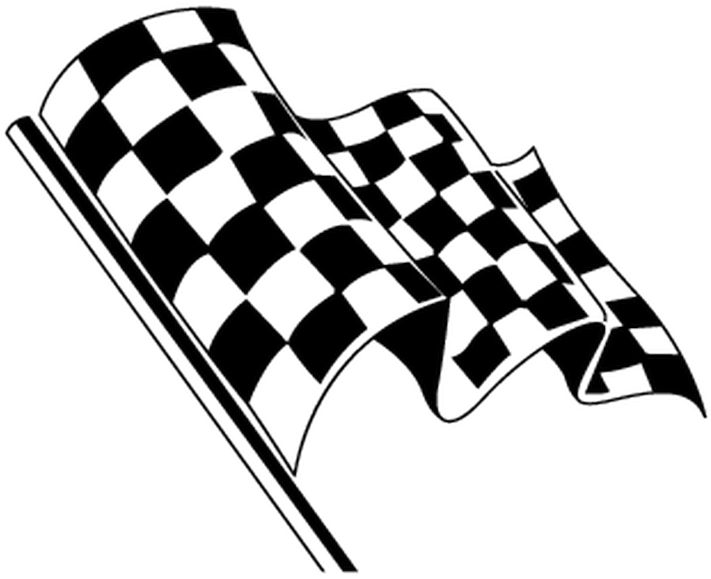
How Do You Obtain Motorcycle Parts & Service While In Transit?
Every method and mindset has its place in mechanical catastrophe. What's your go-to formula and why? Your input is invited. Leave a comment and/or write an article!
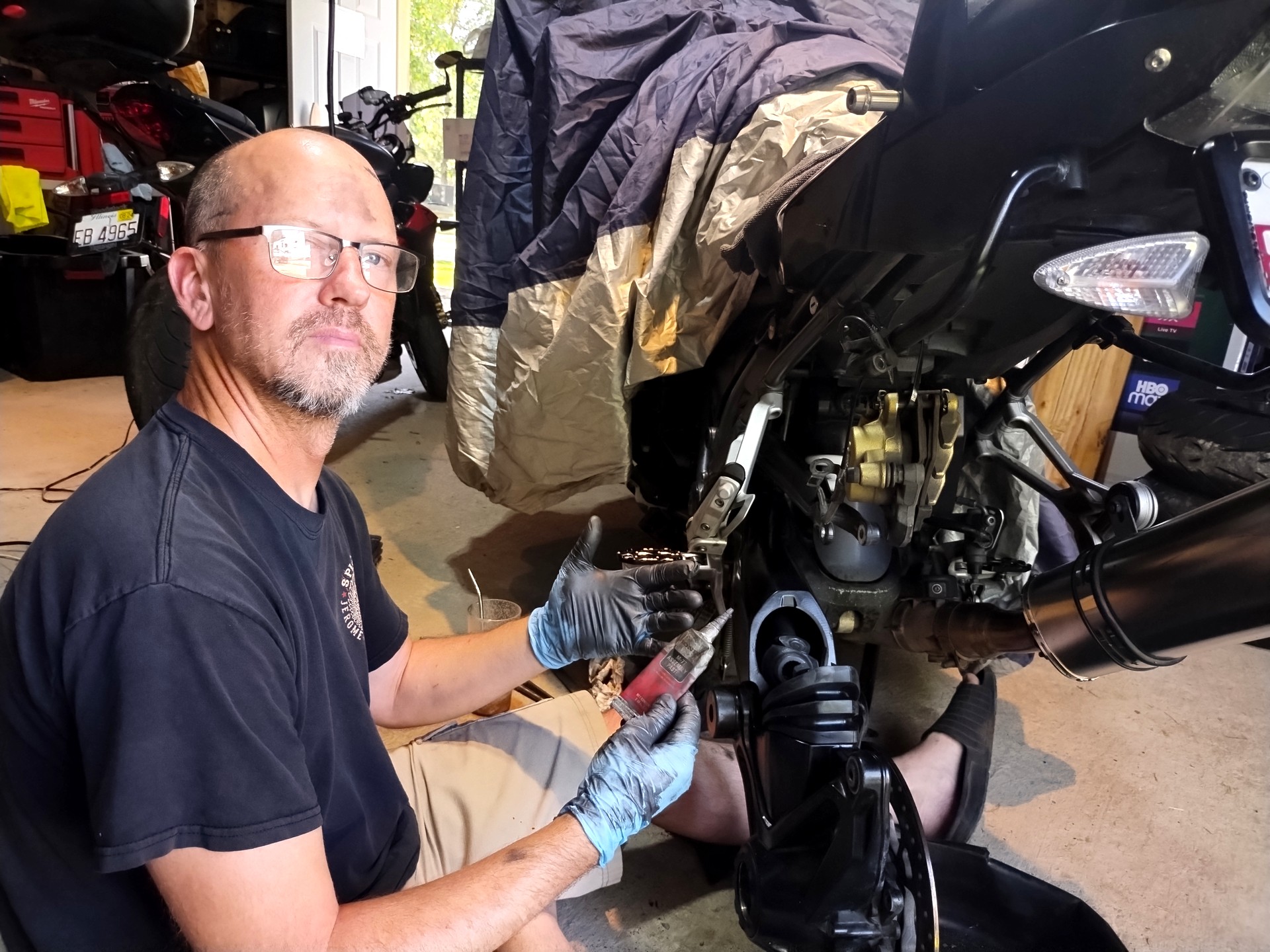
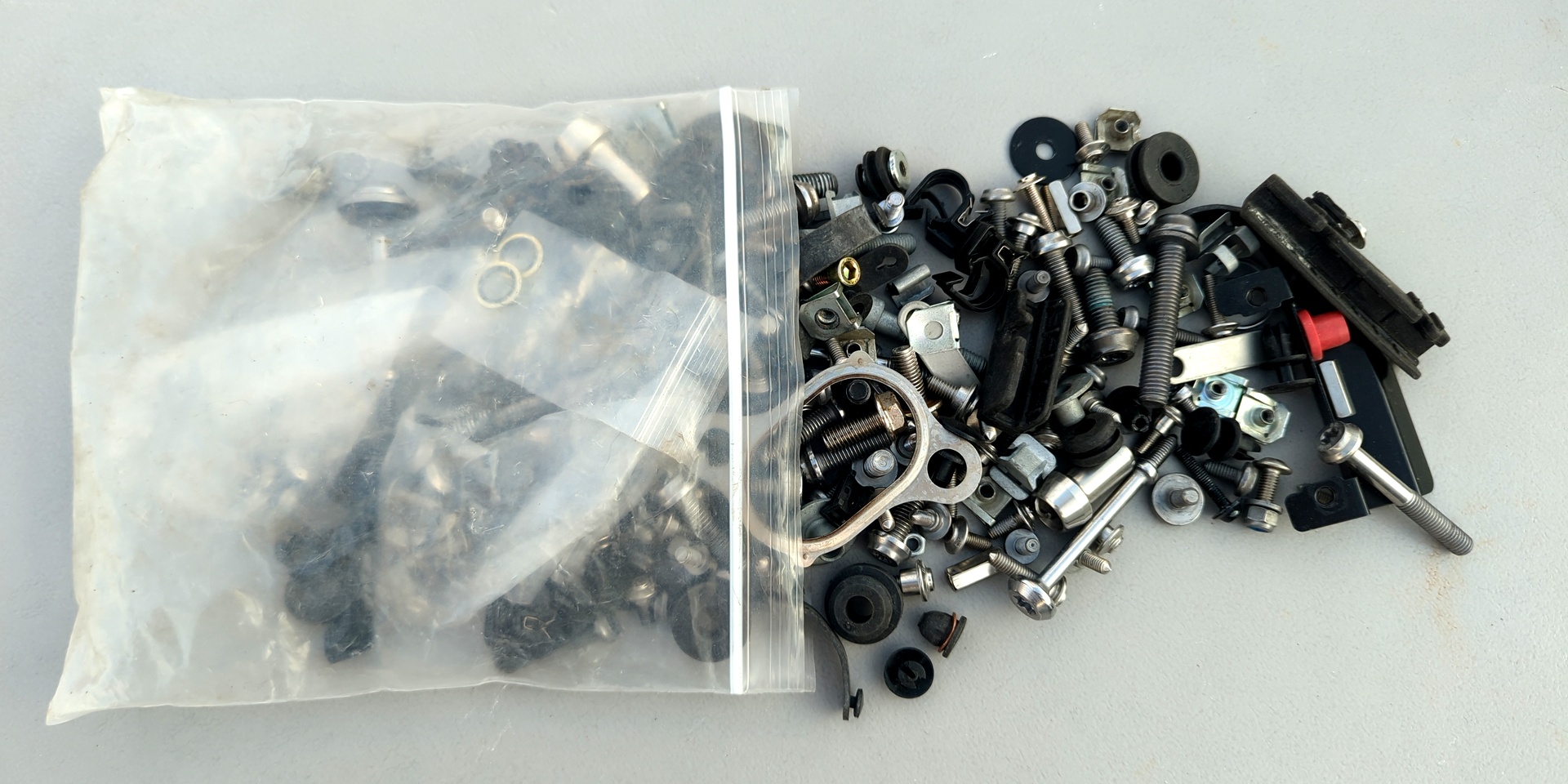
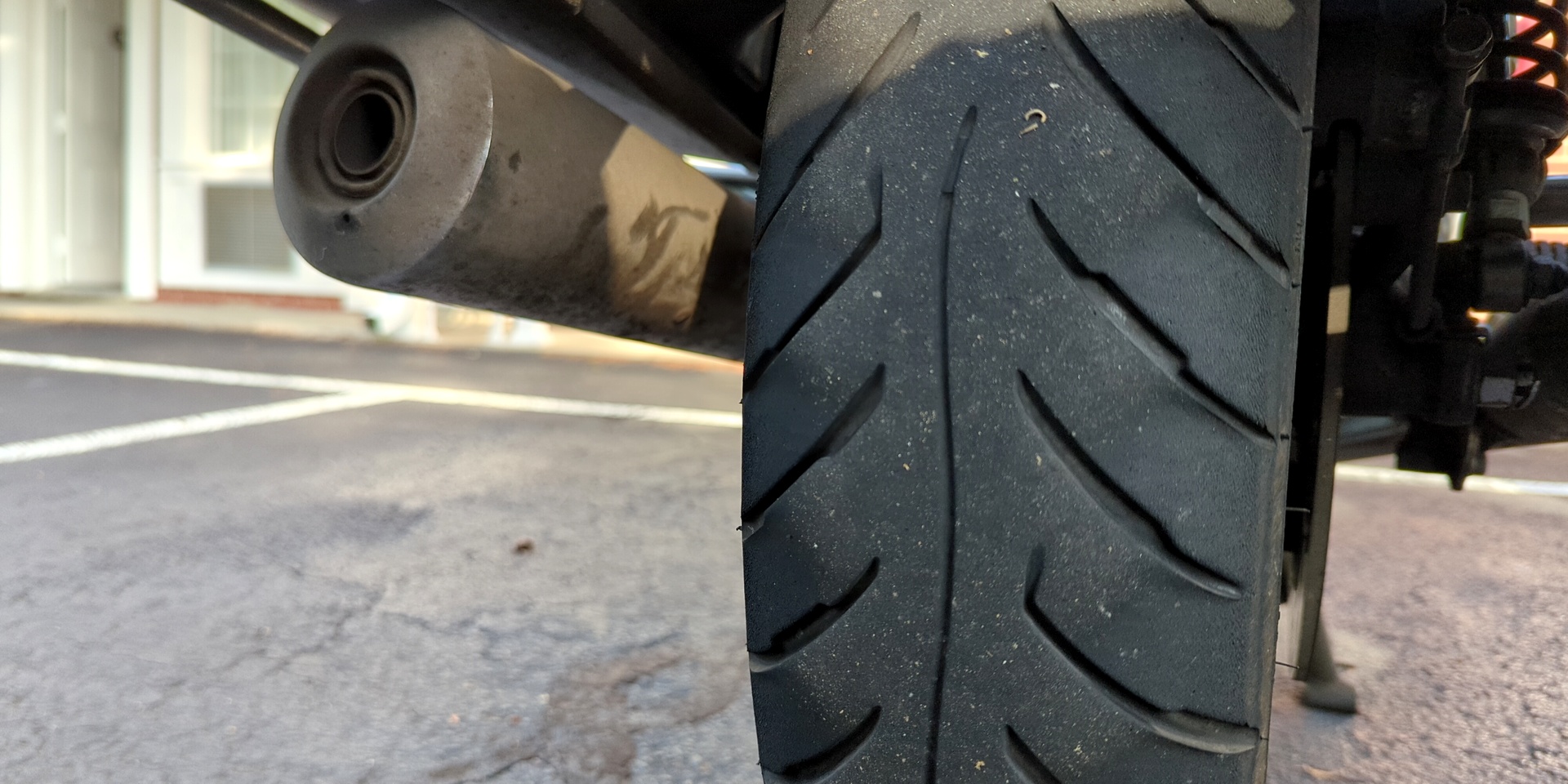
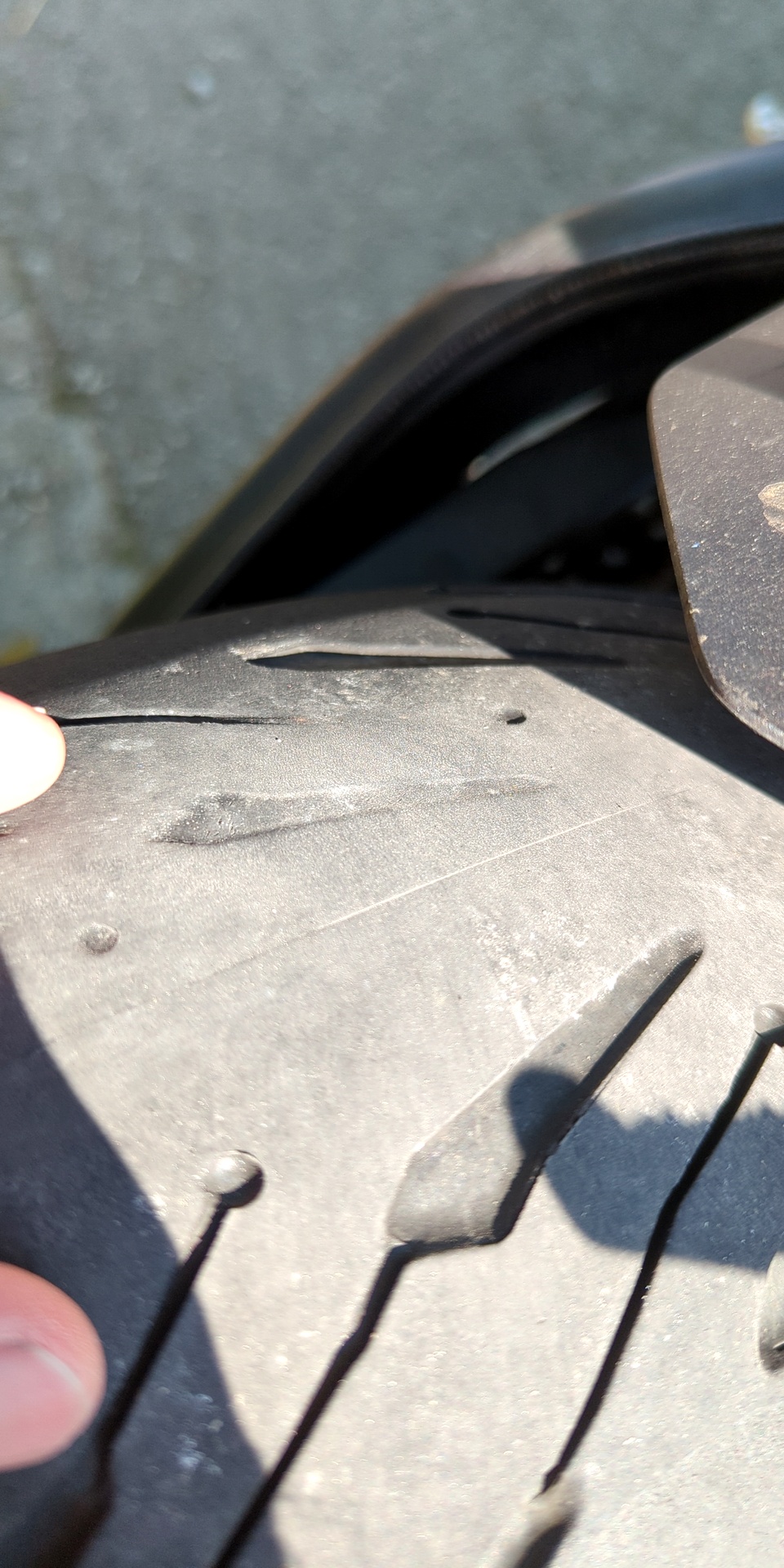
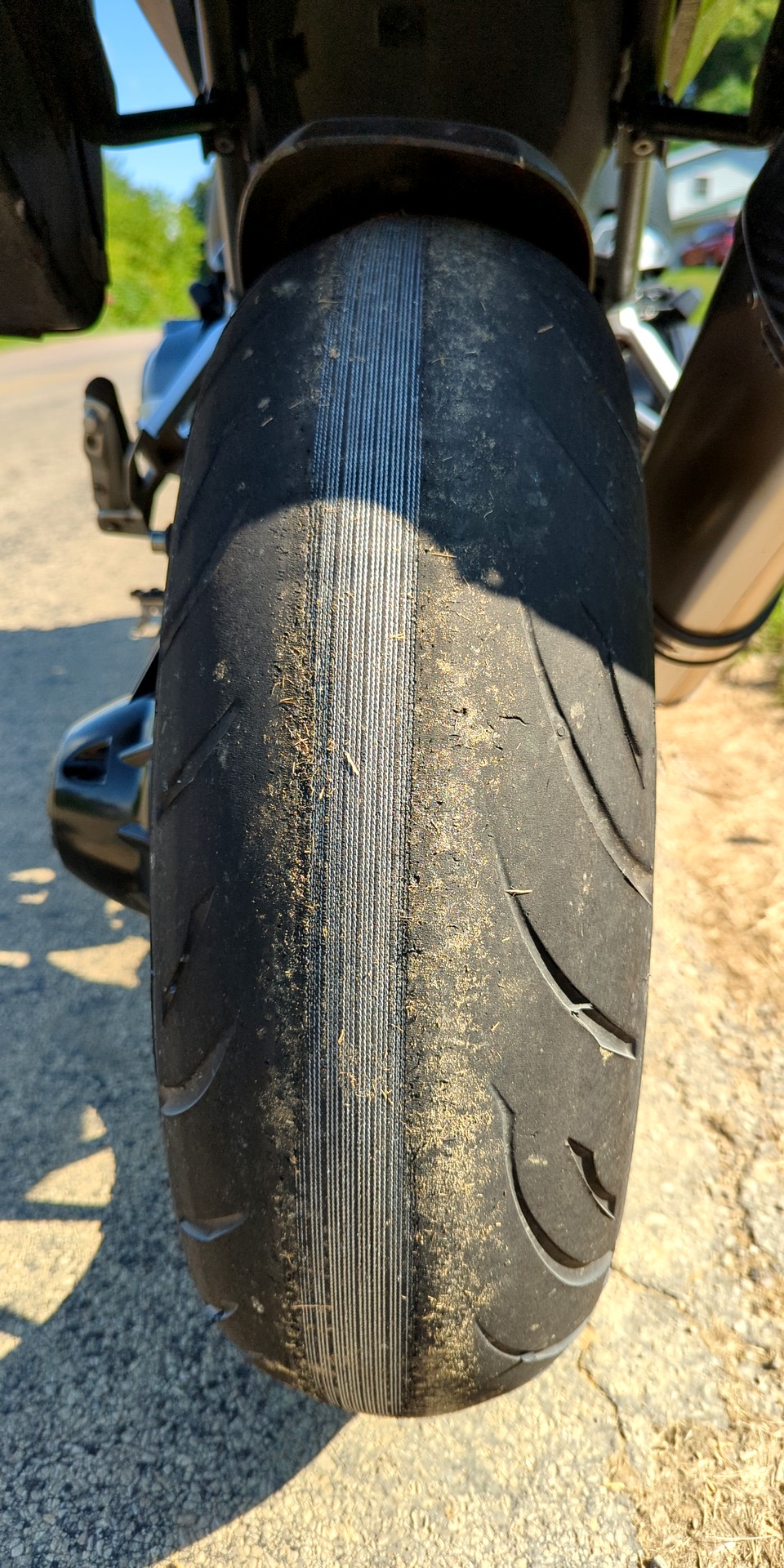
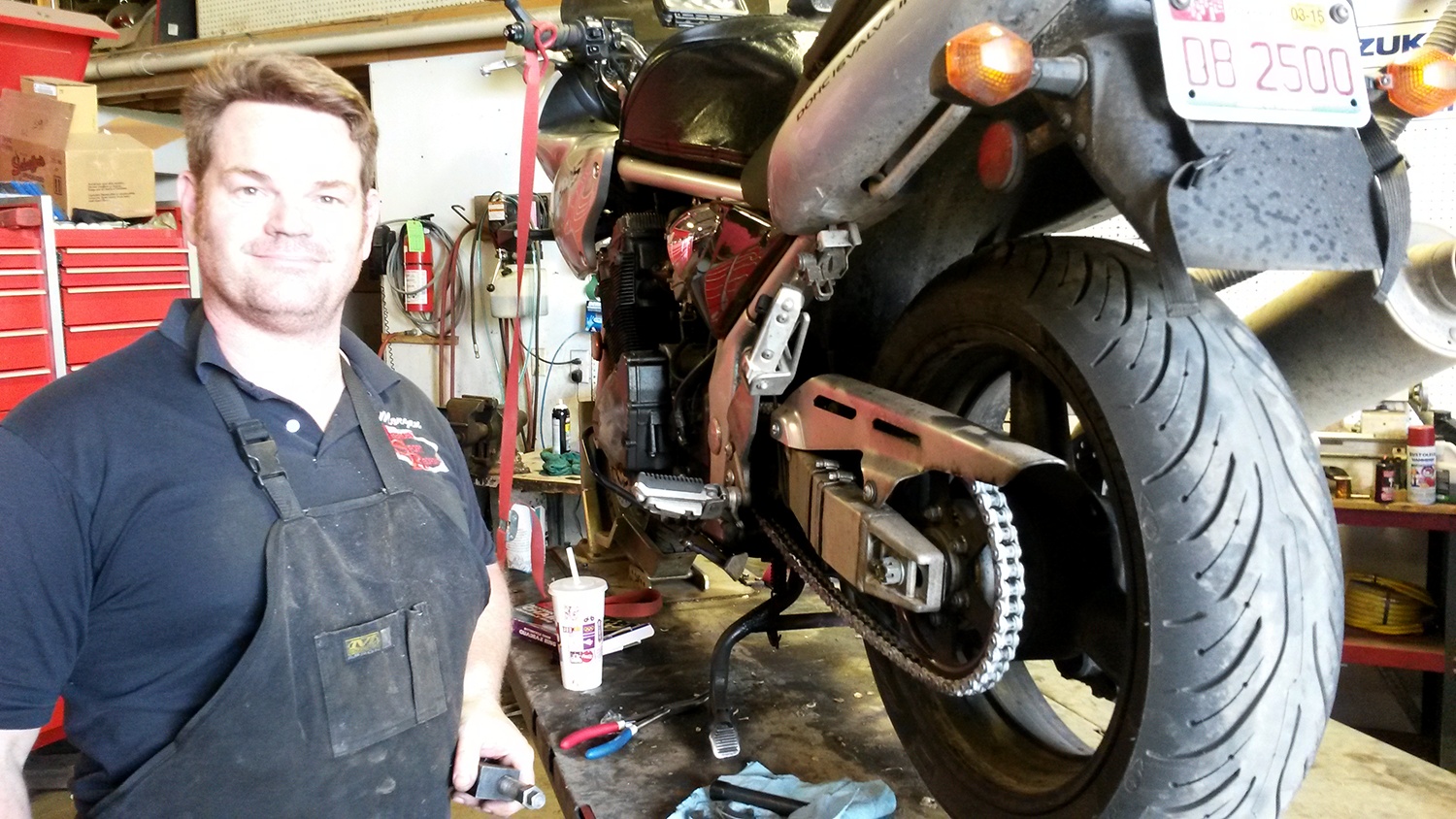
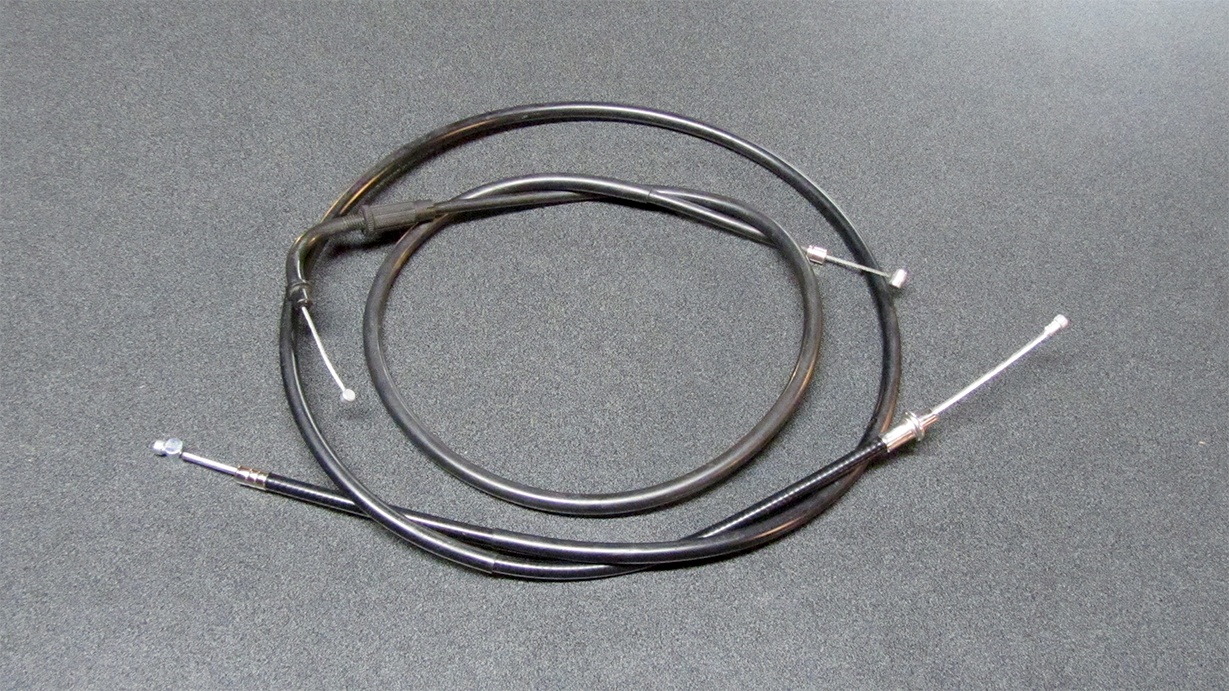

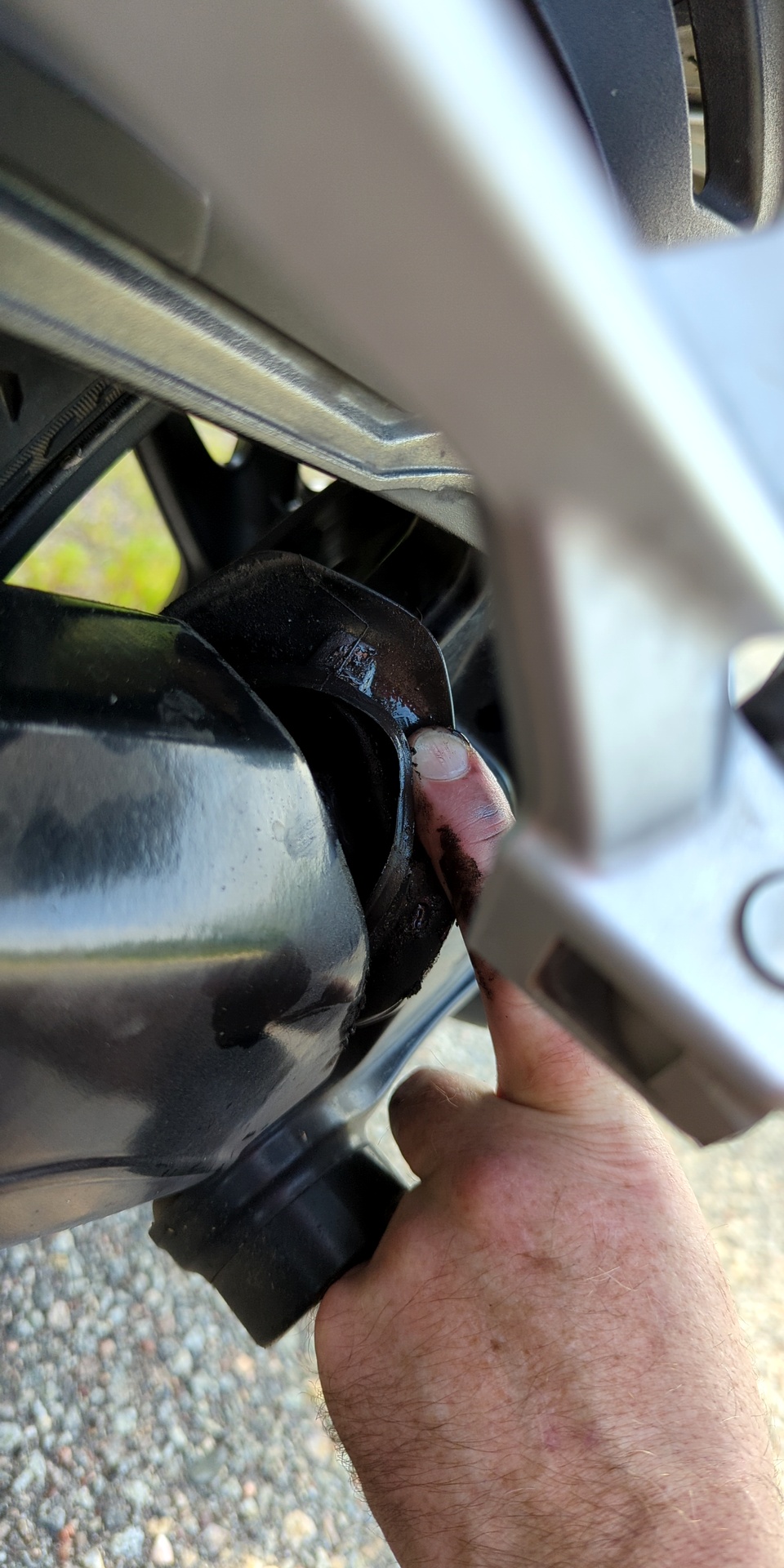

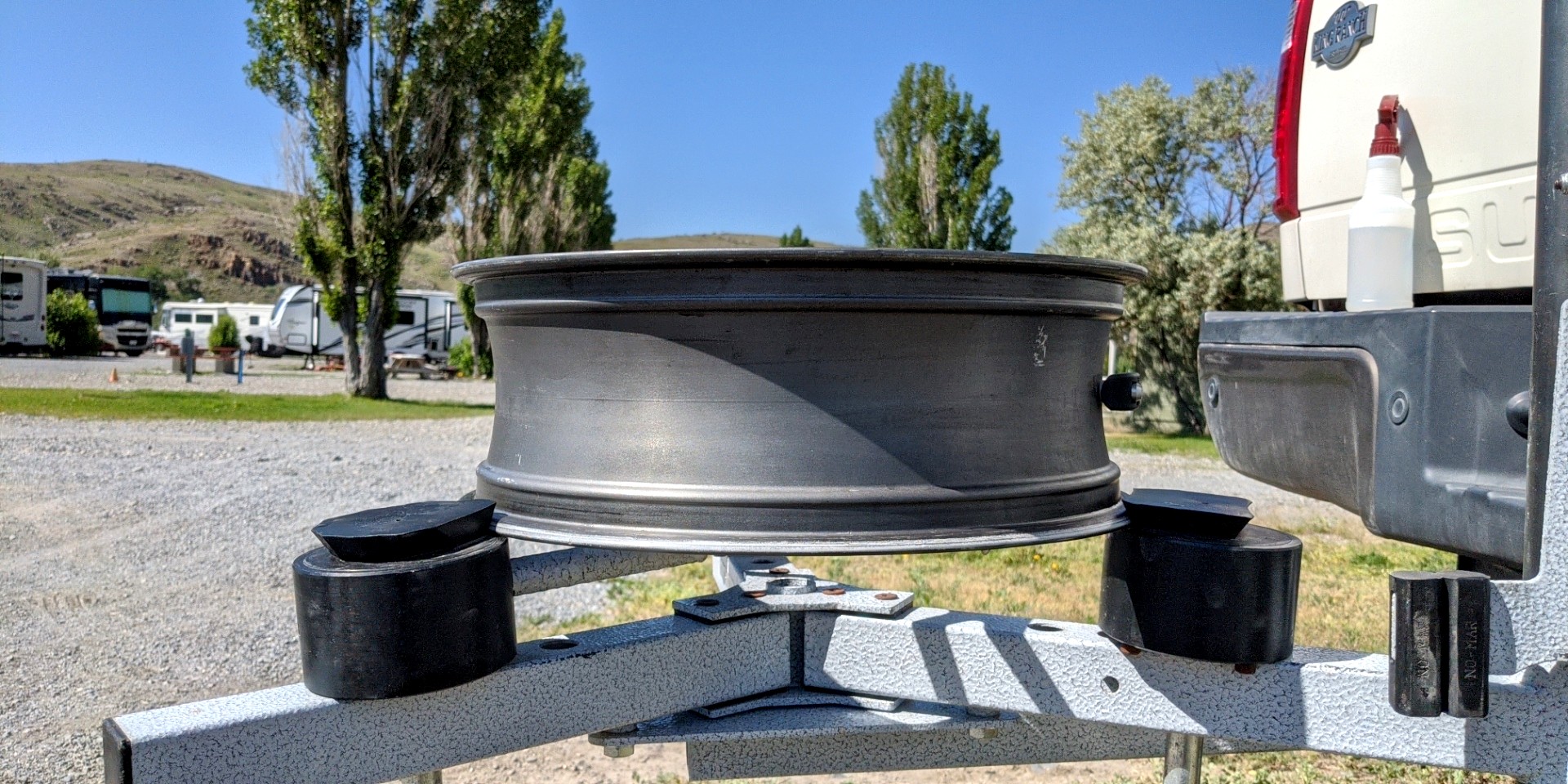
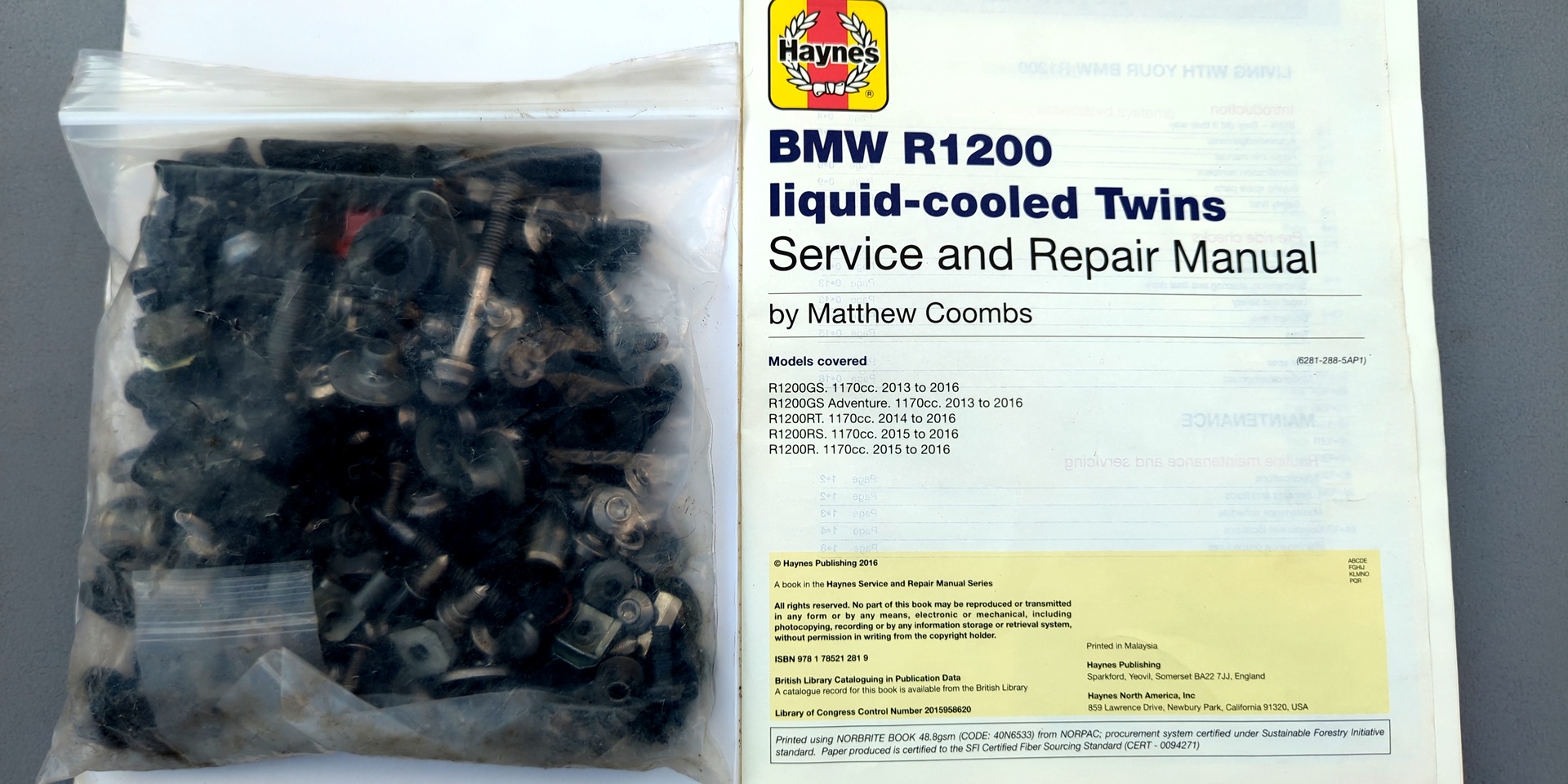



Thoughts gone wild? Write an article!